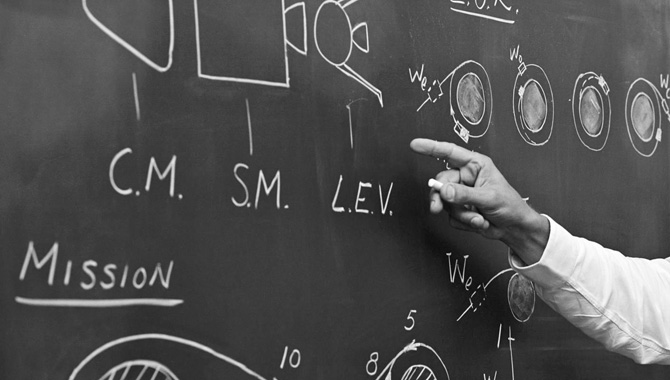
The Academy’s monthly newsletter ASK the Academy has transitioned to an updated “news as it happens” format.
Since May, the Academy of Program/Project & Engineering Leadership’s (APPEL) web presence has evolved significantly, prompting improvements in the way it shares information and updates with the NASA workforce.
While APPEL’s long-standing flagship publication ASK Magazine remains a quarterly forum for the NASA workforce to share personal stories, knowledge, and lessons learned, APPEL’s ASK News provides brief, frequent, news-you-can-use updates.
Derived from the monthly newsletter ASK the Academy, ASK News now enables APPEL to share news as it happens. ASK News will continue to provide NASA practitioners with the latest updates about the Academy’s activities (e.g., new courses and training opportunities), federal news (e.g., reports from Office of Management and Budget, Government Accountability Office, and Inspector General), stakeholder news and research (e.g., international, industry, and academic partners), stories from the young professional community, and other features that promote professional development and knowledge sharing across NASA’s technical workforce.
Previous issues of ASK the Academy and its biweekly predecessor ASK OCE are accessible through the archives page. The inaugural Volume 1, Issue 1 of ASK OCE was published December 21, 2005 and the final issue was Volume 2, Issue 4 (June 21, 2007). In 2008 ASK OCE transitioned to ASK the Academy. The first issue was published January 9, 2008 (Volume 1, Issue 1), and the final issue was Volume 6, Issue 3 (March 28, 2013). ASK News was introduced in June 2013.
View the ASK the Academy archives.
John Houbolt, an engineer at Langley Research Center, is credited with fully developing the lunar-orbit rendezvous (LOR) approach. It involved firing three spacecraft (command module, service module, and lunar module) aboard one Saturn V rocket into Earth orbit. Once there, the last stage of the Saturn boosted the spacecraft on a lunar trajectory and eventually into orbit. Only the lunar module would go down to the surface. It would then return and redock with the orbiting command module in the top-half of the lunar module (leaving the lower-half on the moon). The astronauts would return to Earth in the command module while the remainder of the lunar module was ejected into space.
Click to view full photograph.
Photo Credit: NASA






